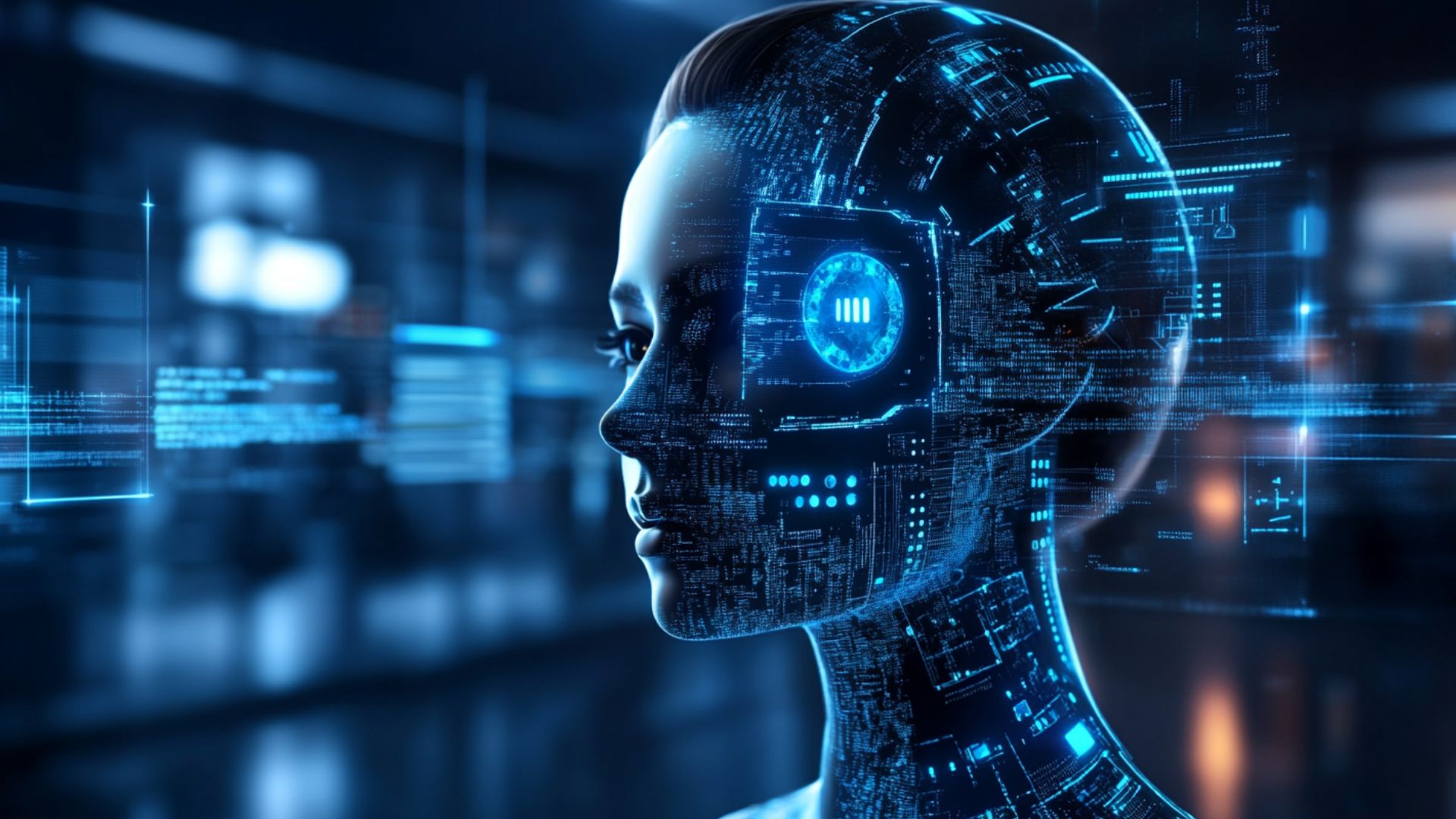AI Translation Services and Language Technology: How Artificial Intelligence Is Reshaping Global
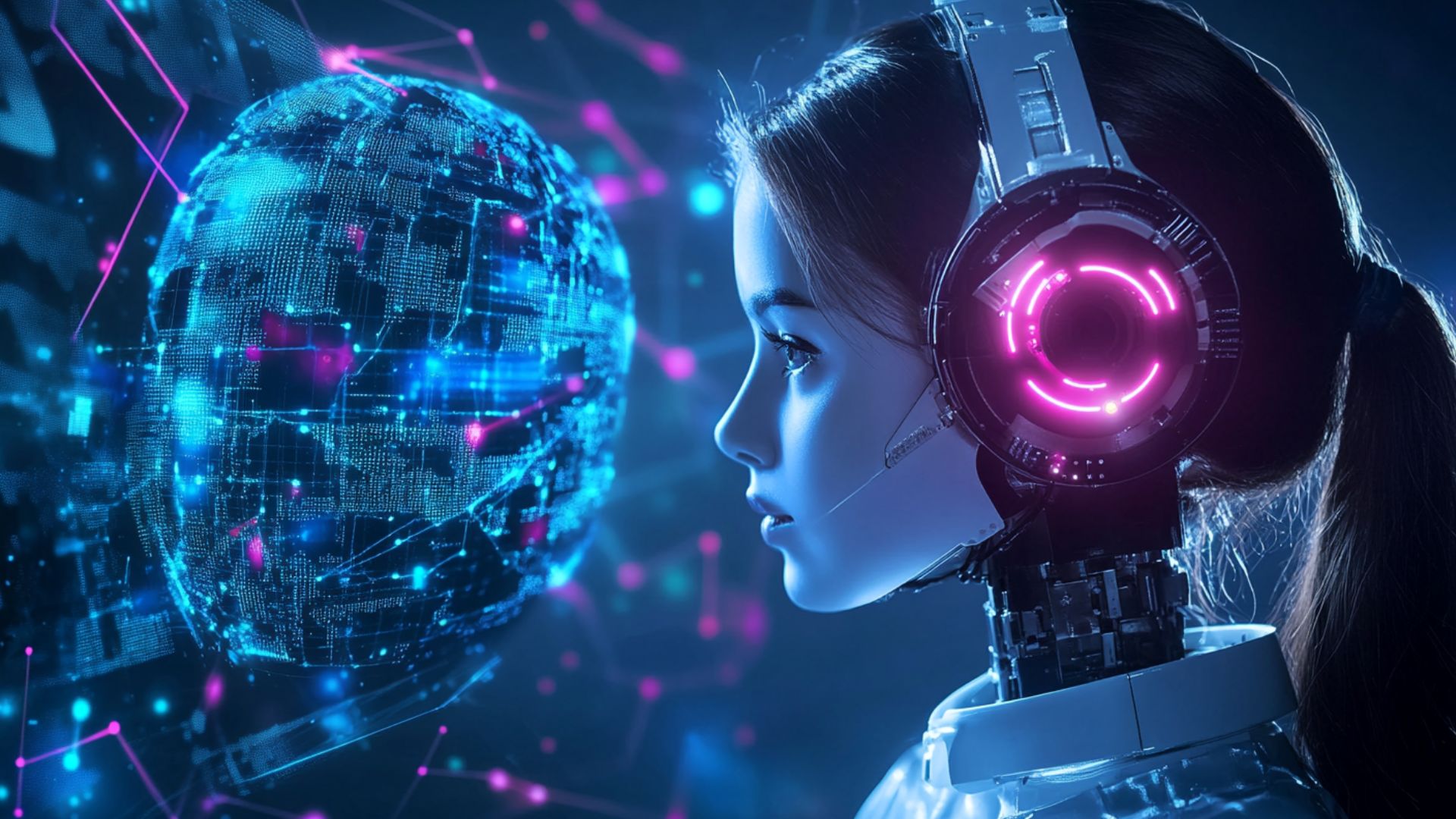
AI translation services are revolutionizing global communication by breaking down language barriers and enabling seamless interaction across cultures. While traditional human translation remains accurate, it's often slow and costly, struggling to meet the demands of our fast-paced, digital world. AI translation services have evolved rapidly, leveraging machine learning and neural networks to deliver near-instant translations with improved accuracy.
These tools have progressed significantly from early rule-based systems to today's advanced language models. AI now handles complex linguistic nuances, allowing businesses, travelers, and individuals to connect effortlessly regardless of language differences. This revolution fosters global collaboration and cultural exchange.
We'll explore how AI and translation work together and detail the technologies behind them, including neural machine translation and natural language processing (NLP). We'll highlight industries that benefit most, such as e-commerce, healthcare, and education, while addressing challenges including accuracy limitations and cultural sensitivities. Readers will gain insights into how AI and translation are reshaping communication and learn what the future holds for this transformative technology.
From Phrasebooks to Neural Networks: The Evolution of AI in Translation
Machine translation began in the 1950s with rule-based artificial intelligence translation systems that used dictionaries and grammar rules. These systems were rigid and often inaccurate. In the 1990s, statistical machine translation emerged, analyzing bilingual texts to predict translations. While accuracy improved, context remained challenging.
By the 2010s, neural machine translation had revolutionized the field. Neural models powered by deep learning and NLP understand context much better than previous systems. Large language models used by artificial intelligence translation systems have further enhanced fluency and accuracy across multiple languages.
Let's examine the evolution of AI translation:
- Rule-Based Translation. Relied on dictionaries and grammar rules
- Statistical Translation. Used bilingual data for predictions
- Neural Translation. Employed deep learning for context understanding
- Deep Learning. Enabled nuanced, human-like translations
- Natural Language Processing. Improved understanding of language structure
- Large Language Models. Enhanced fluency across languages
- Real-Time Translation. Delivered instant results
- Scalability. Handled massive translation volumes
- Cost Reduction. Lowered expenses compared to human translators
AI translation services differ significantly from early tools by learning from vast datasets. Unlike phrasebooks or rule-based systems, they adapt to slang and idioms while processing entire sentences rather than individual words, capturing meaning more effectively. Speed represents a significant advantage, with translations happening in seconds at costs lower than human translation, making AI translation services widely accessible.
Scalability supports global businesses by translating millions of words daily. While early tools struggled with nuance and required extensive human oversight, AI translation services continue evolving, though cultural errors remain a challenge.
How AI Translation Services Work: Behind the Algorithms
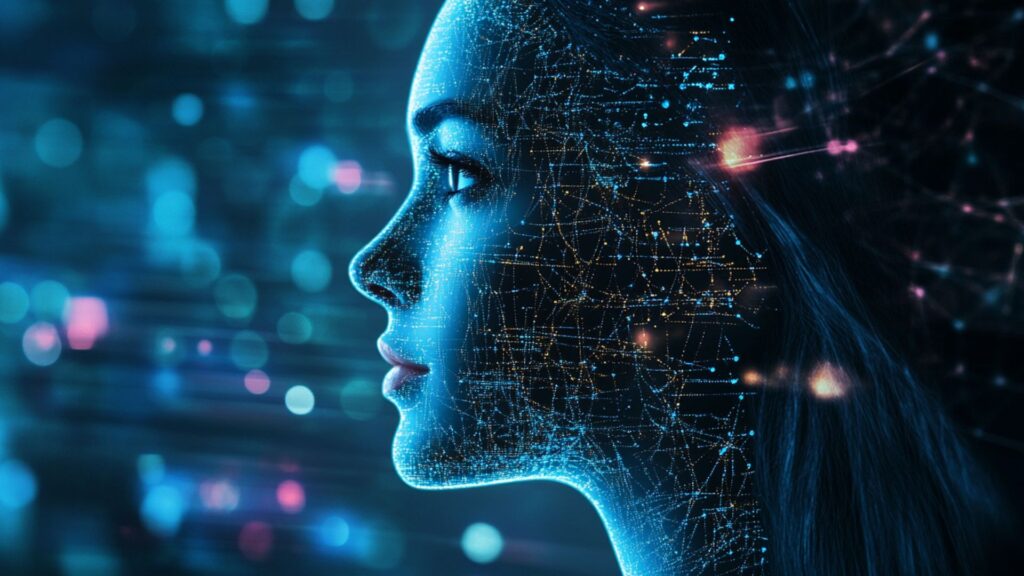
Can AI translate languages effectively? Yes, these services rely on advanced algorithms where NLP enables machines to understand human language. Transformer models like GPT and BERT power these systems, learning linguistic patterns from vast datasets through several key processes:
Input processing breaks text into tokens, language modeling predicts word relationships, context handling captures meaning across sentences, and output generation produces fluent translations. Cloud-based APIs process translations remotely for scalability, while on-device AI models in smartphones enable offline translation, though with less power.
Here are key components of AI translation:
- Input Processing. Breaks text into manageable tokens
- Tokenization. Splits sentences into words or phrases
- Language Modeling. Predicts word relationships using patterns
- Context Handling. Understands meaning across sentences
- Transformer Models. Powers translation with deep learning
- Output Generation. Produces fluent, accurate translations
- Cloud-Based APIs. Enable scalable and remote processing
- On-Device Models. Supports offline, device-specific translation
- Continuous Learning. Improves accuracy with new data
The machine translation market grows rapidly due to demand for instant solutions. AI in translation excels in speed and scale but may miss cultural nuances. Unlike human translators, they can process millions of words daily. The machine translation market expands as businesses globalize, with cloud APIs dominating for processing power while on-device models offer privacy advantages.
Can AI translate languages with human-like precision? Not fully yet, but advancements in NLP and transformers improve accuracy daily.
Can AI Translate Languages as Well as Humans?
AI in translation has advanced rapidly, offering near-instant results in multiple languages. AI strengths include consistency—ensuring the same term gets translated the same way every time. Speed represents another major benefit, as AI can process thousands of words in seconds, enabling real-time translation for immediate communication across language barriers. This proves valuable for travel, business, and global collaboration.
However, weaknesses exist. AI often struggles with cultural nuance where literal meaning may differ from intended meaning. It can misinterpret tone, making formal messages sound casual or vice versa. Idioms present another challenge, as word-for-word translations often lose their intended humor or meaning.
Hybrid models, known as human-in-the-loop systems, combine the best of both worlds. AI performs initial translation quickly, then human translators refine it, ensuring accuracy, tone, and cultural appropriateness. This approach is becoming increasingly popular in the growing machine translation market where both speed and quality matter.
Comparison of AI vs. Human Translation:
| Aspect | AI Translation | Human Translation |
| Speed | Instant | Slower |
| Consistency | Very High | Varies slightly |
| Cultural nuance | Often missed | Strong understanding |
| Idioms | Literal, may be incorrect | Interprets meaning accurately |
| Cost | Lower | Higher |
| Best Use Case | Quick drafts, real-time conversations | Legal, literary, or sensitive content |
The future of translation may rely on integrating AI efficiency with human expertise to achieve both speed and authenticity.
Voice Translator AI and Real-Time Communication Tools
Voice translator AI has transformed how people interact across languages by powering real-time speech translation apps that convert spoken words into another language almost instantly. This language translation technology uses advanced speech recognition, NLP, and AI translation to ensure quick and accurate results.
These tools prove particularly useful for:
- Travel. Tourists communicate easily with locals
- Diplomacy. Facilitates international meetings and negotiations
- Remote work. Supports multilingual virtual teams
- Emergency services. Helps first responders understand victims
- Education. Enables cross-language learning
- Customer service. Improves support for global users
- Healthcare. Aids doctors treating foreign-speaking patients
- Events. Assists at international conferences
Integration with wearable devices and smart assistants enhances convenience. Smartwatches and wireless earbuds can perform instant translations without needing to open apps. Voice assistants like Alexa or Google Assistant can use voice translator AI to facilitate multilingual interactions at home or in offices.
In travel scenarios, this means ordering food, asking for directions, and navigating transportation systems without language barriers. In diplomacy, it ensures clarity during high-stakes conversations where precision is essential. For remote work, it allows teams from different countries to collaborate in real time without delays.
As AI translation continues improving, these tools will become more seamless, natural-sounding, and context-aware, bringing people closer in our increasingly connected world.
AI in Translation Across Global Industries
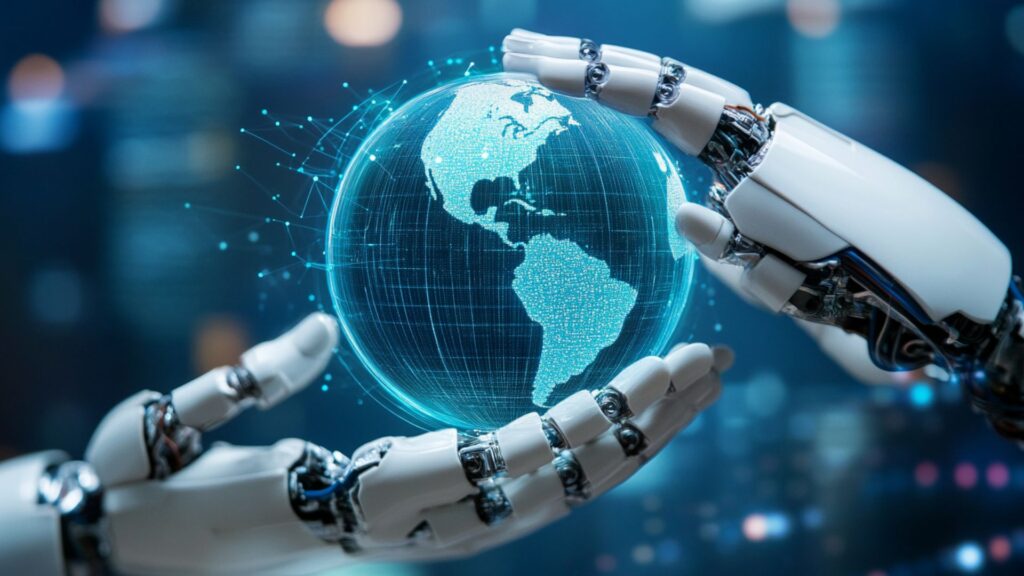
AI tools are reshaping how global industries communicate and operate, enabling companies to bridge language barriers, streamline processes, and reach broader audiences without heavy reliance on human translators for every task.
In the legal sector, AI quickly processes contracts and case documents in multiple languages, speeding up international legal work while reducing costs. In healthcare, AI in language translation helps doctors share research, interpret patient records, and provide instructions in various languages, improving patient care and collaboration.
AI tools benefit various sectors:
- Legal. Contract translation for cross-border deals
- Medical. Multilingual patient instructions
- E-commerce. Product descriptions in multiple languages
- Customer service. Support in customers' native languages
- Travel. Multilingual booking platforms
- Education. Global e-learning access
- Manufacturing. Translating technical manuals
- Finance. Localized investment reports
In e-commerce, AI enables instant translation of product listings and marketing campaigns, helping brands sell in new regions without hiring large translation teams. Customer service benefits from AI-powered chatbots and real-time translation, allowing agents to handle queries from around the world with minimal delay.
Case examples demonstrate significant impact. A global retail brand used translation with AI solutions to localize thousands of product pages within days, boosting international sales by 20%. A hospital network adopted AI in language translation for patient intake forms, cutting wait times by 30% and improving satisfaction scores. A multinational law firm reduced contract turnaround time by half through automated translation of standard agreements.
By integrating AI into their workflows, companies gain faster market entry, better customer engagement, and improved operational efficiency, making AI translation an essential tool for competing in today's multilingual economy.
AI and Language Translation in the Media and Entertainment Sector
The media and entertainment industry is embracing AI and language translation to connect with audiences worldwide. Streaming platforms, film studios, and game developers use AI to accelerate subtitling, dubbing, and content localization, allowing faster and more cost-effective global releases.
AI tools automatically generate subtitles in multiple languages, which human editors can fine-tune for accuracy and cultural relevance. AI-powered dubbing matches translated dialogue with actors' lip movements, creating more natural viewing experiences.
Key applications of AI translation include:
- Subtitling. Automatic multilingual captions for films
- Dubbing. AI voice matching for seamless audio
- Content localization. Adapting jokes, references, and tone
- Live events. Real-time translation for broadcasts
- Gaming. In-game dialogue translation
- Social media. Translating viral videos instantly
- Music videos. Multilingual lyric captions
- Podcasts. Converting episodes into other languages
Streaming platforms translate with AI technologies to scale releases, allowing shows to launch in dozens of countries simultaneously without months of manual work. This boosts subscriber growth and brand reach. In film production, AI helps adapt scripts for international markets, ensuring dialogue feels authentic.
Gaming companies use AI translation to offer localized experiences for players worldwide, increasing engagement and sales. Live broadcasts use real-time AI translation for sports, awards shows, and concerts, enhancing accessibility for global fans.
The media industry should combine AI speed with human creativity to offer culturally adapted content faster. This combination of automation and human review ensures translations maintain intended tone, humor, and emotional impact, enabling rapid global distribution.
AI in Banking, Law, and Healthcare Translations
AI translation technology plays a growing role in high-stakes translation industries. In banking, it processes regulatory filings, compliance reports, and investment summaries in multiple languages. In law, it translates contracts, case files, and patent applications. In healthcare, AI handles medical records, research papers, and patient instructions.
These domains require exceptional accuracy since small translation errors in contractual clauses, regulatory terms, or medical dosages can lead to severe consequences. Specialized AI translation technology models use domain-specific terminology databases to reduce errors.
Common applications across translation industries include:
- Banking. Translating compliance and audit reports
- Law. Contract translation for global deals
- Healthcare. Patient discharge instructions in native languages
- Finance. Localizing investment prospectuses
- Medical research. Translating study findings
- Litigation. Multilingual evidence translation
- Insurance. Policy documents for foreign markets
- Pharmaceuticals. Drug labeling for international use
Despite these strengths, challenges remain. Regulatory requirements often demand certified human review even when AI translation is used. Legal documents must retain precise meaning, banking translations must comply with international financial standards, and medical translations must follow strict terminology to prevent patient harm.
Many institutions use hybrid workflows where AI produces initial drafts, significantly reducing time and cost, then human experts validate accuracy, check compliance, and ensure appropriate tone.
Case studies of translation industries show measurable impact. A multinational bank used AI to translate thousands of compliance reports in days instead of months. A law firm reduced turnaround time for international contract reviews by 50%. A hospital network used AI translation for patient forms, improving accessibility and reducing interpreter costs.
In high-stakes sectors, combining AI efficiency with human oversight ensures both speed and reliability in global communication.
Market Growth and Competitive Landscape in AI Translation
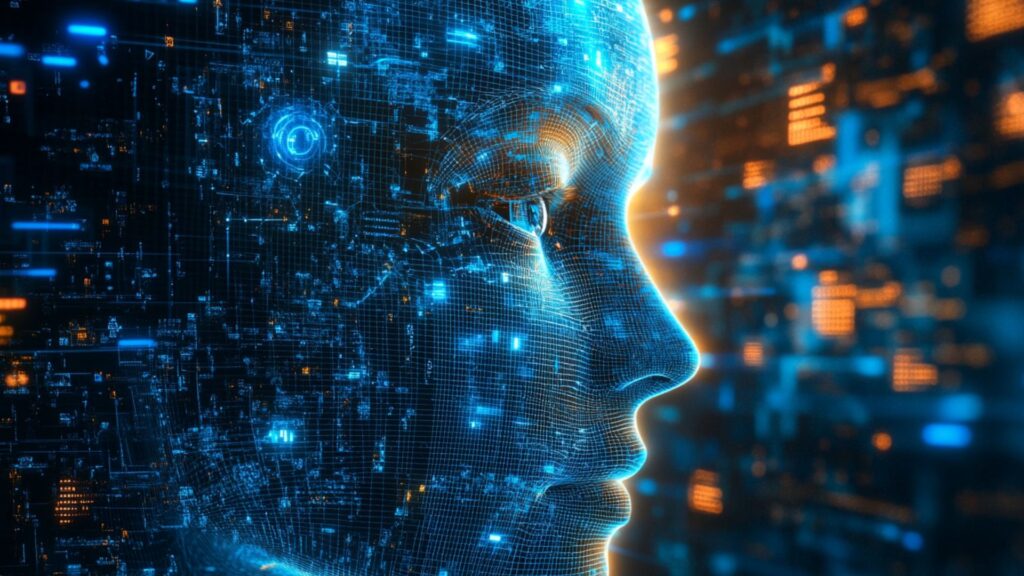
The AI translation market is growing rapidly as businesses seek faster, scalable, and more accurate solutions. Companies across industries are investing in AI translation tools for regulatory documents, marketing content, and customer communications.
Major players currently dominate the market, including Google, DeepL, and Microsoft, offering cloud-based machine translation services. Organizations can choose between SaaS platforms and custom in-house tools. SaaS solutions provide quick deployment, updates, and scalability, while custom tools offer tailored features, tighter integration with company workflows, and enhanced security.
Key market drivers include rising demand for localization, multilingual customer experience, and voice-first interfaces. As businesses become increasingly global, they require consistent messaging across languages. AI-powered translation helps reduce costs, speed up content delivery, and maintain brand voice.
Current trends in the AI and language translation sector include:
- SaaS Solutions Expansion. Cloud-based tools accessible to small and medium enterprises
- Custom In-house Platforms. For high-security, domain-specific translations
- Multilingual CX Focus. Improving customer engagement across markets
- Voice-first Translation. Integration with virtual assistants and speech interfaces
- Neural Machine Translation. Enhancing accuracy and naturalness of outputs
- Real-time Translation. For live meetings, webinars, and customer support
- Business Software Integration. CRM, CMS, and collaboration tools
- AI-assisted Editing. Combining machine speed with human review
- Repetitive Content Automation. Marketing emails, reports, and manuals
- Industry-specific Solutions. Finance, healthcare, legal, and e-commerce
- Data Privacy and Compliance. Ensuring translations meet regulations
- Scalable Localization Workflows. For global product launches
Forecasts suggest continued growth as businesses prioritize global expansion and digital transformation. Leveraging AI technology enables organizations to translate efficiently while maintaining quality and meeting evolving market demands.
The Future of AI Translation: Human-AI Collaboration and Ethical Concerns
The future of AI translation relies on hybrid models that combine human expertise with language translation technology. AI can process large volumes of text quickly, while human review ensures accuracy, cultural nuance, and context sensitivity. This combination provides the most scalable solution for enterprises, legal firms, healthcare providers, and global organizations.
Despite advantages, several challenges remain. Over-reliance on AI may lead to unnoticed errors. Bias in training data can produce skewed translations, particularly for underrepresented languages or dialects. Privacy concerns arise when sensitive documents require secure handling using cloud-based translation technology.
Strong governance policies are essential to address these risks. Companies must implement auditing, ethical guidelines, and compliance measures to maintain trust and integrity.
Key considerations for the future include:
- Human-in-the-Loop Workflows. Combining AI speed with human judgment
- Bias Detection. Monitoring and correcting errors in AI-generated translations
- Data Privacy Protocols. Securing confidential translation requests
- Transparency. Clear disclosure of AI involvement in translations
- Domain-specific Training. Improving accuracy for legal, medical, and technical content
- Continuous Model Improvement. Updating AI systems to reflect linguistic changes
- Multilingual Support Expansion. Increasing coverage of low-resource languages
- Workflow Tools Integration. Streamlining translation processes across platforms
- Ethical Guidelines. Establishing standards for responsible AI use
- Professional Linguist Collaboration. Enhancing quality and cultural relevance
- Scalable Global Operations. Enabling multinational organizations to operate efficiently
- Accountability Frameworks. Ensuring organizations take responsibility for AI outputs
Responsible innovation in the AI translation sector requires balancing efficiency with ethical considerations. While AI translation technology offers enormous potential, it must be thoughtfully implemented. By combining human insight with AI technology, the industry can deliver reliable translations while safeguarding privacy and cultural integrity.
